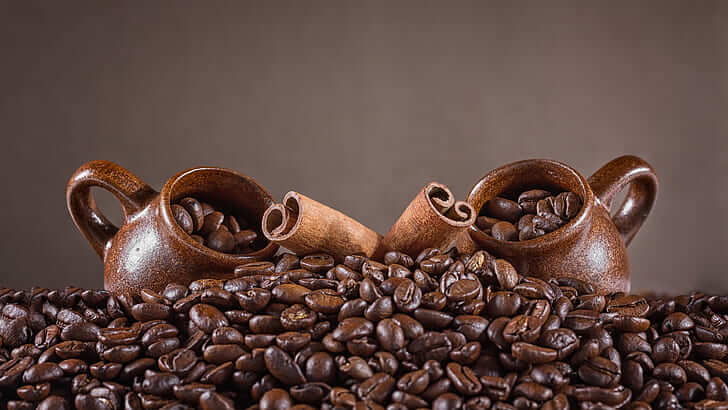The Magic of Espresso: Exploring the World of a Perfect Shot
For many coffee connoisseurs, there’s nothing quite like the experience of sipping on a perfectly brewed shot of espresso. The rich, intense flavors and the aromatic crema on top all contribute to the magic of this beloved beverage. But what exactly makes espresso so special, and why has it become a global obsession? Let’s explore the art and science behind the perfect shot of espresso and the significance it holds in the world of coffee.
The Art of Espresso Making
Espresso is a concentrated form of coffee that is made by forcing hot water through finely-ground Coffee beans. The result is a small, but strong and flavorful shot of coffee. Making the perfect shot of espresso requires a delicate balance of factors such as the grind size, amount of coffee, water temperature, and pressure. Baristas spend years honing their skills to master the art of pulling a flawless shot of espresso.
The Science Behind Espresso
From a scientific perspective, the process of making espresso involves the extraction of flavors and compounds from the coffee grounds. The pressure applied to the coffee grounds during extraction helps to extract oils and emulsify them into a rich crema. The water temperature and brewing time also play crucial roles in extracting the desired flavors from the coffee beans. Understanding the science behind espresso is essential for achieving consistency and quality in each shot.
The Global Obsession with Espresso
Espresso has become a global obsession thanks to its versatility and intense flavor profile. From the classic espresso shot to popular variations like cappuccinos, lattes, and macchiatos, espresso serves as the base for a wide range of coffee drinks. Its ability to deliver a quick, concentrated caffeine kick has also made it a favorite among busy professionals and coffee enthusiasts alike. The global Coffee culture has embraced espresso as an art form and continues to innovate and experiment with new ways to enjoy this beloved beverage.
The Significance of Espresso in Coffee Culture
In many coffee-loving countries, espresso holds a significant place in the local culture. In Italy, for example, espresso is more than just a beverage – it’s a way of life. The tradition of sipping on a small, strong shot of espresso at a local cafe is deeply ingrained in Italian society. Similarly, in other parts of the world, espresso is synonymous with social gatherings, business meetings, and leisurely moments of relaxation. Its rich history and cultural significance have cemented its status as the king of coffee beverages.
FAQs
What is the difference between espresso and coffee?
Espresso is a concentrated form of coffee, made by forcing hot water through finely-ground coffee beans under pressure. Regular coffee, on the other hand, is made by steeping ground coffee beans in hot water and then allowing the mixture to drip or be strained.
How much caffeine is in a shot of espresso?
On average, a single shot of espresso contains about 63 milligrams of caffeine. However, the actual caffeine content can vary depending on factors such as the type of coffee beans and the brewing process.
What is crema and why is it important?
Crema is the golden-brown foam that forms on top of a properly brewed shot of espresso. It is a sign of a well-extracted espresso and helps to trap and release the volatile aromas of the coffee. Crema adds to the overall sensory experience of drinking espresso.
Can I make espresso at home without an espresso machine?
While it’s difficult to replicate the exact process of making espresso without an espresso machine, there are alternative methods such as using a Moka pot or a French press to create a strong coffee that resembles espresso. However, it may not have the same intensity or crema as a traditional espresso shot.
“All images and products featured on this Blog.troca.cafe are the property of their respective owners. All rights to these materials are acknowledged and reserved.”
